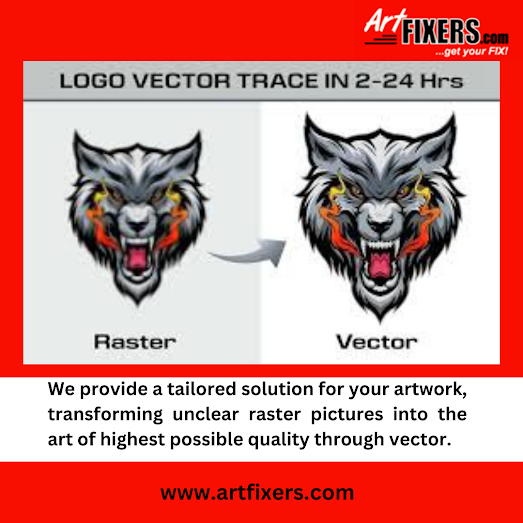Vectorizing the layout can be quite easy because you can do it from the Quick Actions panel, and it doesn’t take much time. However if you want to convert a raster image into a vector graphic, that’s another story. In fact, many vectors and logos are made by vectorizing a raster image because it’s much easier than drawing from scratch. The best technique to train making vector graphics is by tracing them using the pen tool.
Initiate with the Image trace:
You will find this one as one of the easiest ways to Vectorize Image Illustrator, a raster image when the image isn’t too complicated or you don’t need the image to be exactly the same. There can be different tracing options that can create different results. Have a look at the below given steps:
Step 1:
Put the raster image in Adobe Illustrator and insert the image. Take any image initially to demonstrate. After you select the image, you’ll see the Image Trace option under the Properties > Quick Actions panel, don’t click on it just yet.
Step 2:
Go over the Crop Image option and crop the image to the size and area that you want to vectorize and then click apply. Now you can trace the image.
Step 3:
Go on the Image Trace and choose an option for how you want to trace the image. The nearest look to the original image that you will get is a High Fidelity Photo. Low Fidelity Photo will give a cartoonist look. Feel comfortable and excited to try out other options as well if you want to create different outcomes. From the Image Trace Panel, you can also adjust some detail settings. Then, click on the small panel icon next to the tracing result. In case your Ai version doesn’t show this option, you can open the panel from the overhead menu Window > Image Trace. Feel free to explore other tracing options as well.
Step 4:
Click Enlarge and your image are vectorized in Image Illustrator. You can de associate the image to edit it. For instance, you can delete the background, leaving only the bird. Use the Eraser Tool to erase or simply select the not required area and press the Delete key. When the background is complicated, it can take you some time to remove it, but If your background color has only a few colors, you can select all of the same colors and delete them.
Expand ability is a major benefit of using vector images. You can also scale vector graphics to any size without worrying about quality. A particular drawing can be used on billboards or printed on a piece of paper. Such efficiency to be of any size is why companies are advised to use vector designs for designs such as logos, which are used in many ways. Most of the times, designers want their drawings to be scalable so that you can use it freely in a variety of mediums.
For more information on Vectorize Image Illustrator, visit - Artfixers.









